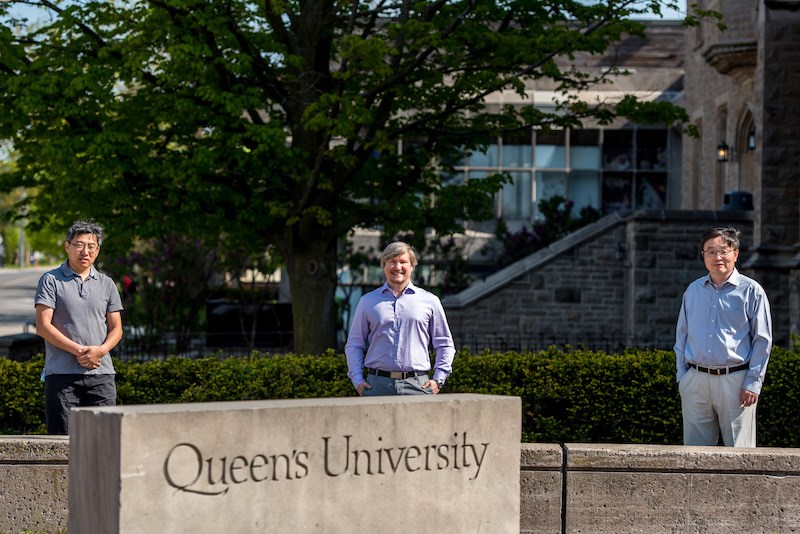A former Thompson resident and R.D. Parker Collegiate graduate is one of the lead authors of a study published in the academic journal Science about an exoskeleton to improve walking efficiency that was developed by a team at Queen’s University.
Michael Shepertycky, who recently completed his PhD at Queen’s, says the soft exoskeleton, which attaches to a backpack and has wires connecting it to the wearer’s legs, is the first to demonstrate that removing energy can improve walking efficiency.
“Removing energy from a person’s legs during walking may sound counterintuitive, like applying the brakes in a moving car but ur muscles naturally remove energy while we walk, and our device helps them to do so,” he said in a press release about the exoskeleton study, which was published May 27. “This is a significant advancement in the field of exoskeleton development, and one with the potential to change the way we approach gait assistance.”
Developed by a multidisciplinary team from the Queen’s Faculty of Engineering and Applied Science, the exoskeleton differs from others, which either add energy or transfer it from one phase of the gait cycle to another. This prototype removes energy to help the knees during a critical part of walking known as the terminal swing phase.
“Improving walking and running economy has been an important topic of research for the past two decades, due to its scientific and practical implications,” says Dr. Qingguo Li, an associate professor of mechanical and materials engineering at the university and co-senior author of the study. “Walking is a delicate and highly optimized process, which makes it difficult to use exoskeletons to improve walking efficiency.”
The disciplines of walking biomechanics, physiology, human-machine interactions and design innovation contributed the development of the exoskeleton, with much of the research taking place at the Queen’s/Kingston Health Sciences Centre Human Mobility Research Centre, which is equipped with world-class gait analysis technology.
Researchers believe the device could enable hikers to walk longer distances or help nurses feel less tired after long shifts on their feet.
The exoskeleton, which weighs about half a kilogram, converts energy removed from the legs into electricity that can be used to power its control system as well as portable devices like cell phones or GPS devices, which could be particularly useful for people travelling by foot in remote locations. Development of the device’s power electronics was led by Queen’s professor of electrical and computer engineering and study co-author Yan-Fei Lu.




